What do you think?
Rate this book
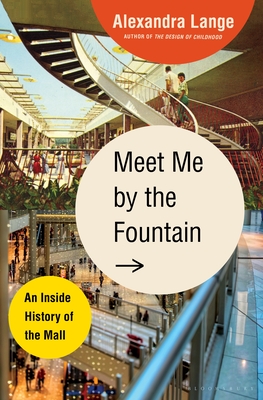

320 pages, Hardcover
First published June 14, 2022
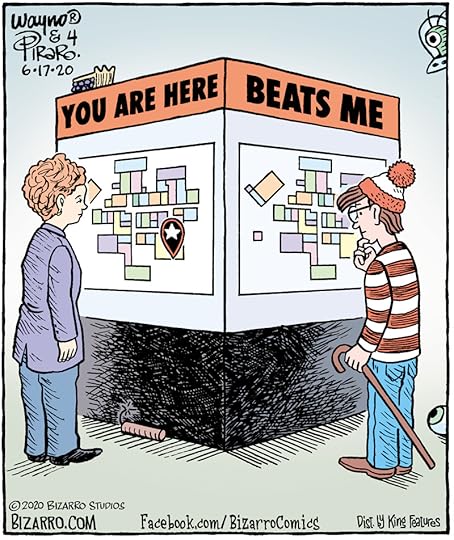

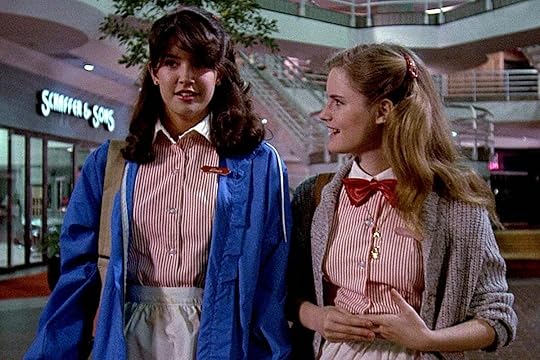
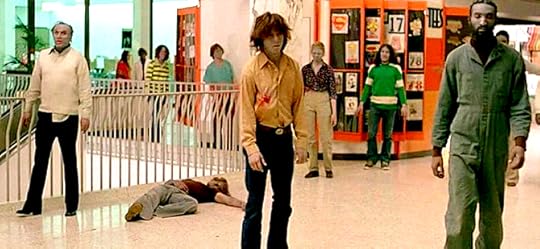

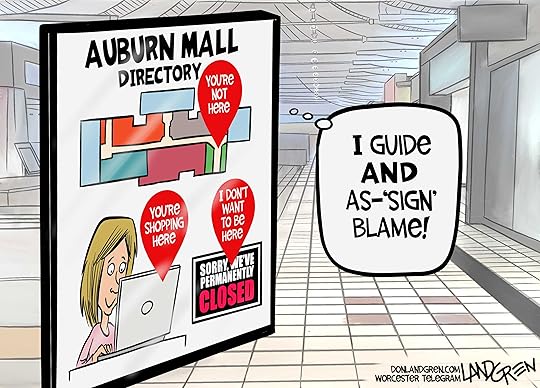
On opening day, all three Nasher daughters were outfitted in matching blue A-line sleeveless dresses with green trim, matching pendant necklaces with the NorthPark bug symbol in white on green looped around their necks. They cut the ribbon, arranged in a row with their parents.Sorry, what? Is there a mall in there somewhere?
Owing Mills' story reflects all the economic drama that was mall ownership in the 1990s and 2000s -- a series of mergers, acquisitions, and IPOs that moved properties around financially but did little to service them physically. Though built as a Rouse property, by the time it was torn down and transformed into Mill Station, it was owned by Kimco Realty Corporation, which went public in 19911 and specializes in open-air shopping centers. Between the mall's 1986 opening and Kimco's 2016 acquisition, Rouse in 1996 purchased the Howard Hughes Corporation, which owned a number of resorts and planned communities, and was then itself acquired by larger mall owner and developer General Growth Properties in 2004.
Outside Neiman Marcus, a series of square mountains rise from the floor, faced in the same taupe glazed tile that runs around the edge of NorthPark's long halls. A shallow pond, lined with blue tile, sinks below the concrete surface of the floor, with tiny flat bridges crisscrossing the water. Daylight filters down through a clerestory, with direct sunlight blocked by a series of thin wooden slats, painted to match the concrete. Wide benches of wooden slats frame the fountain... The fountain was designed by landscape architects Lawrence Halprin and Richard Vignolo, called "Viggy" by the NorthPark team. Halprin himself was a bearded Northern California type who created dramatic and pedestrian-friendly parks for downtown Portland, Oregon... He's easy to pick out in photographs of the NorthPark design team since he's the only one without a suit and a clean shave.
I counted eight entries in Interboro's Arsenal specifically designed to target teens: "Age-Segregated Communities" which are allowed to block residents under the age of eighteen under the Fair Housing Act; "Classical Music" and "Ultrasonic Noise" are two different aural barriers used to shoo teens away from convenience stores and public seating areas -- the first by boring them to death, the second by producing a mosquito-like buzzing that only younger ears can hear. (Teen pop at the mall, with this context, begins to sound like a song of freedom rather than pablum packaged for mass consumption).